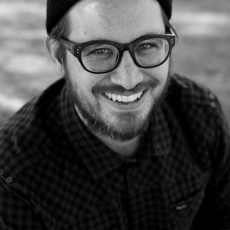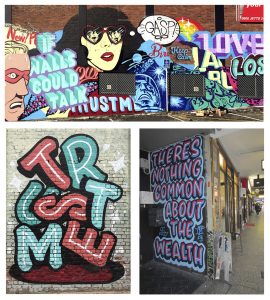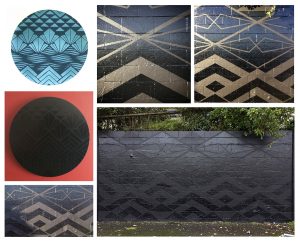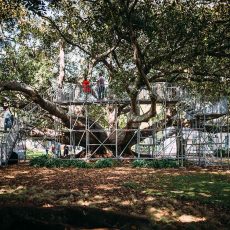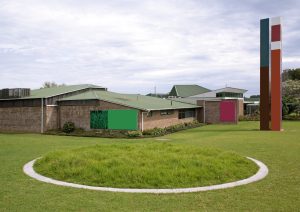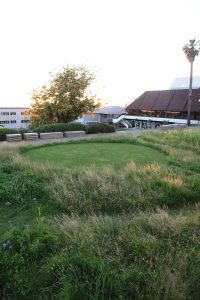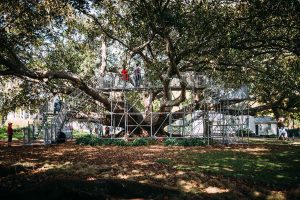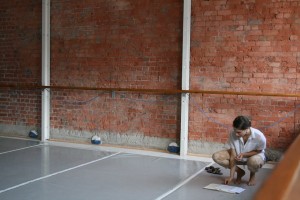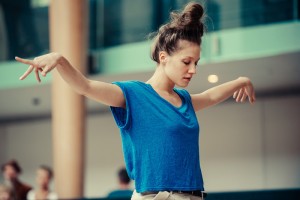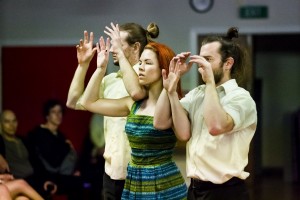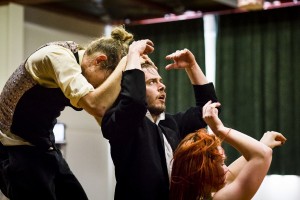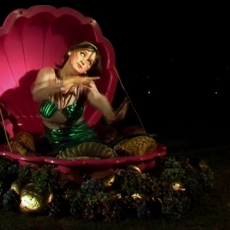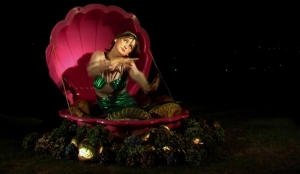Rayji de Guia from the Philippines is taking up a two-month residence at Rimbun Dahan, from October to November 2022.
About the Artist
Rayji de Guia is a fictionist, poet, and illustrator. Her work can be found in Asian Cha, The Deadlands, harana
poetry, Journal of English Studies and Comparative Literature, The Pinch, and elsewhere. She received recognition from the Gémino H. Abad Awards for Poetry and for Literary Criticism and the Carlos Palanca Memorial Awards for Literature. She also illustrated for issues of Aurealis Mag, Rogelio Braga’s Si Betchay at ang Sacred Circle (Balangiga Press), and Angela Gabrielle Fabunan’s Young Enough to Play (UP Press).
In 2019, she was a poet resident at the 12th season of Sangam House in Bangalore, supported by the Asia-Europe Foundation and Cambodian Living Arts (ASEF-CLA). In 2021, she was a fellow for fiction in the Bread Loaf Writers’ Conference, with support from the Rona Jaffe Foundation. Her stay in Rimbun Dahan is supported by artlink and Südkulturfonds. Currently, she is an instructor in the University of the Philippines.
More info: rayjideguia.com
Artist Statement
In this two-month residency, I will be working on completing my first book, Provincia y Dolorosa, a short story collection revolving around women in the rural Philippines who resist the colonial, catholic womanhood: intelligent, independent, great, mythological, ghostly women, women who care about other women, and women who love other women—all cast in the rich landscapes of Mayabo where the mystical exists in the everyday. The interconnected stories can be loosely read together as a novel, all anchored in the town of Mayabo, a fictionalized version of my rural hometown, Maragondon, varying in time period, tone, mode, and realism. The stories embody my multilingual, translational poetics, what I refer to as mustiness.
As a writer, I mine the material of my upbringing in the southern Tagalog region and my background in architecture to craft landscapes as sites of tension between the past and present, folk belief and catholic faith, native and colonial, among others. This tension is something I contend with linguistically in my prose, because my first language is Tagalog. Filipino culture has been intricately woven with more than three-hundred years of Spanish-colonial rule, and this hodgepodge of an existence is then subsequently translated into the English language.
The narratives in Provincia y Dolorosa draw from my experience, current and subsequent research and study, and the chismis of titas in Maragondon. My stories portray the sorrows that comes with being a woman in the rural and at the same time construct realities beyond these sorrows through language, culture, and history. As such, I write queer women and desire in the rural; the suffering that comes with being wife, mother, and sister; and the madness that arises from trying to survive. The specificity of my storytelling relies on its proximity and engagement with contemporaneity and popular laughter as they exist within political and social landscapes; it is impossible to tell these narratives in monolingual English, without the vernacular—which is to say, it is impossible without mustiness, an essential component in my writing to make it as authentic and accessible as I could using a colonizer language. I reject the domination of a standard, monolingual prose, my stories ultimately hanging in the motley of differences, where incommensurabilities abound, and italics abandoned. I keep in mind two levels of readership: first, the Filipino reader whom I refuse to alienate with monolingual English, and second, the international English-speaking reader who is overhearing the narrative with an understanding of almost everything but is always reminded that the story is only rendered in English. I do not assimilate what is left unassimilated, a recalibration that disrupts and reforms this neocolonial imposition as my own.



